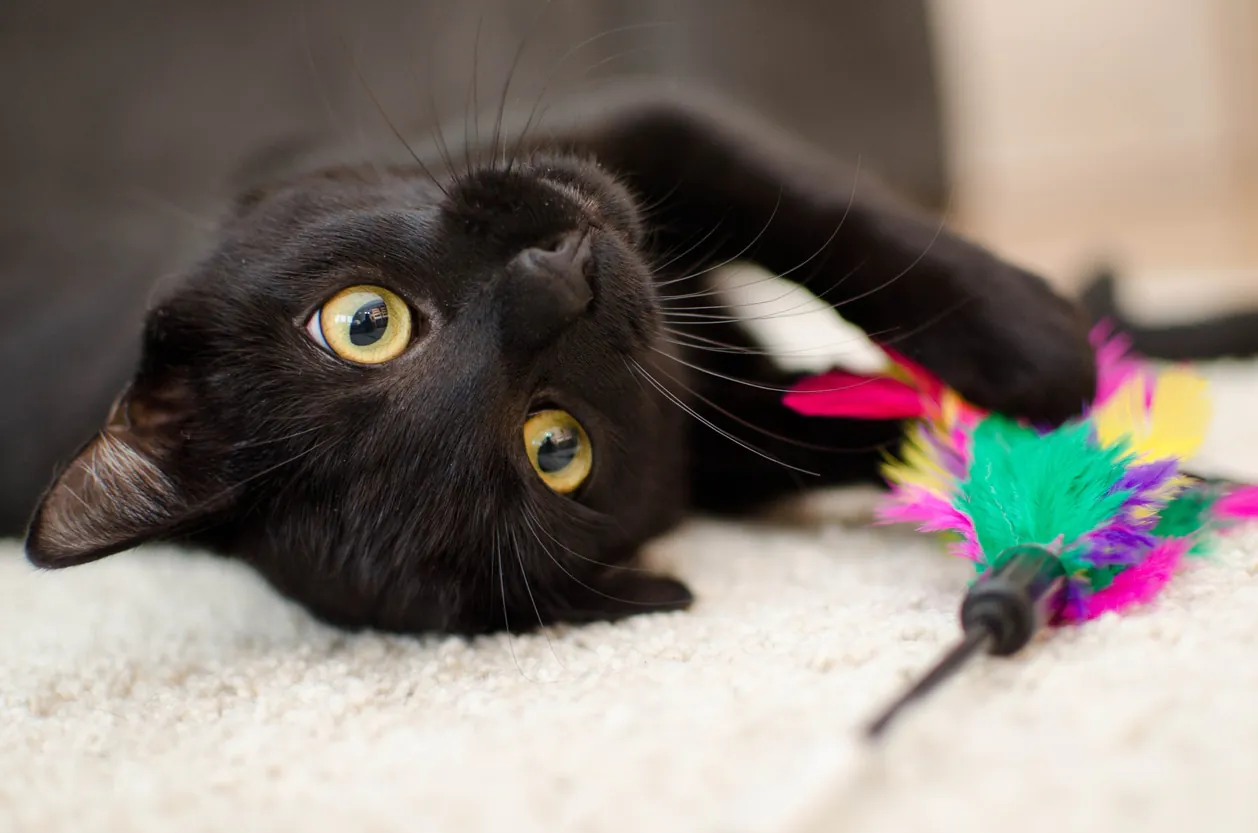One day you live with an incredibly cute kitten, and the next day he’s replaced by a rebellious cat who spends all his time getting into mischief. Welcome to the world of feline adolescence.
How do I know if my kitten has become an adolescent?
Normally, adolescence in cats occurs between the age of 6 and 18 months. This period of transition to adulthood is characterized by a change in behavior abrupt enough to be noticed.
Indeed, just as is the case for human adolescents, adolescent cats are going through a sort of ‘identity crisis’ which pushes them to be somewhat difficult to live with their owners. Several signs can warn that a feline is entering adolescence:
1. He marks his territory
Who says adolescence says sexual maturity. This not only means that your cat is now able to reproduce, but also and above all that it is controlled by its hormones. Therefore, it is entirely possible that he will begin to adopt particularly pronounced marking behaviors.
This results in particular in jets d’urine everywhere in the house, but not only that. Indeed, the fact that he scratches the furniture and rubs against the walls are also ways of marking his territory. You may also find him more talkative.
Good to know : to avoid heat periods and undesirable behavior linked to territory marking, consider having your cat sterilized now.
2. He is full of energy
If your normally calm kitten suddenly turns into a real electric battery, look no further: he has reached adolescence. Indeed, adolescent cats tend to be overflowing with energy and, driven by insatiable curiosity, pushing their exploratory behaviors to the extreme.

In fact, it is not uncommon for them to try to jump higher and higher, to start running all over the house, knocking over objects as they go, or even to wake you up in the middle of at night. They can also get lost outside while trying to explore the edges of their territory further and further.
So, not only they test their own physical limitsbut they also push the mental limits of their humans (and other cats in the house if there are any).
3. He is more aggressive
While your kitten was naturally gentle, your adolescent cat turns into a wild beast and suddenly begins to take you for prey.
Don’t worry, if your furball throws itself at your ankles to beat them to a pulp, it’s not because he’s gone crazy but simply because he’s need to let off steam. He then adopts more aggressive playing behavior.
How do I manage my cat’s adolescence?
To successfully get through your cat’s adolescence period, which should end at 24 months of agethere are some tips.
First, even if your young cat gets out of control, keep calm with him. And this in all circumstances. Indeed, if he acts this way, it is not to be malicious, he is simply obeying his instinct.
Then, make sure to channel your energy using interactive toys that will stimulate him both mentally and physically. These can be puzzles, kibble dispensing toys or even a cat tree. The important thing is that he can hunt, climb, scratch… In short, indulge in all his feline activities at will.
But above all, make sure to dedicate one or more playing times to it every day during which he can have fun with you. Not only will this strengthen your bond, but it’s also a great way to keep him entertained (and exhausted in the process).
Also note that training is not just for dogs. It is entirely possible to training your cat to obey commands using the method of positive reinforcement, that is to say by using and overusing treats and encouragement. However, these training sessions can also be a great way to redirect your cat’s energy.
Good to knowr : Cats living in apartments generally go through a more complicated adolescent crisis than cats with access to the outdoors.


